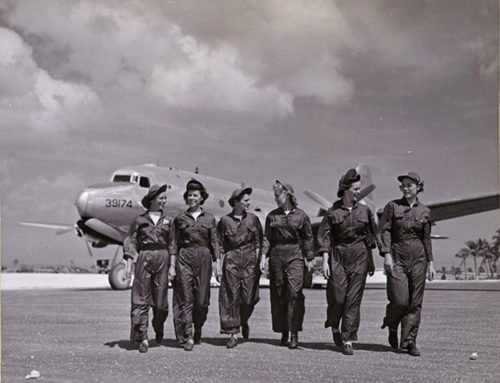ALVIN (DSV-2) is a deep-diving research submersible that is operated by the Woods Hole Oceanographic Institution, although she is owned by the Navy. ALVIN, which began her service in 1964, has carried up to three people at a time on over 4,000 dives and is perhaps best known for her exploration of the wreck of HMS Titanic. But she has had other moments of excitement over the years, one of which is described in the following press release by a scientist, Edward F.K. Zarudzki, who actually experienced it.
“During ALVIN Dive No. 202 on July 6, 1967, the submarine was attacked and rammed by a swordfish (scientific name—Xiphias Gladius). The attack took place on the Blake Plateau off the east coast of Florida at a depth of 2,000 feet.
“ALVIN had descended to the sea floor in that location to undertake a geological and geophysical survey of the area. The crew of the submarine was Marvin McCamis, pilot; Valentine Wilson, co-pilot; Edward F.K. Zarudzki, scientific observer.
“ALVIN reached the sea bottom at 2:30 p.m. It was driven about 10 feet ahead of its initial landing point in order to take photographs of a single, large deep-sea coral specimen. I was taking a picture through the bow porthole when I heard a scraping sound on the hull. Thinking that the noise had been caused by the submarine drifting and scraping over the sea floor, I looked down and saw that we were stationary and on the bottom. Simultaneously with the noise, the co-pilot who was watching out through the starboard porthole, recoiled from it exclaiming: ‘We have been hit by a fish!’ Indeed, outside the starboard porthole I saw a large fish, apparently captive, violently trying to disengage itself and in the process tearing some of the skin and flesh off its back. A small amount of blood was flowing out of these tears.
“A hurried conference between the pilots ensued, and they went through a leak test to see if any of the externally mounted electrical connection boxes were flooded, due to the fish’s attack. By that time we realized it was a swordfish who [had] wedged its sword into the junction between the upper and lower parts of the fiberglass external hull, thus becoming captive. The leak indicator showed slight leakage in one of the electrical junction boxes outside the hull. Because safety is a paramount consideration in ALVIN’s operations, it was decided to surface the submarine and remove the swordfish before proceeding again with the dive.
“We observed the fish during the ascent through the starboard porthole. It seemed firmly wedged and periodically it would struggle to break free. When near the surface, the pilot requested the swimmers who attach the mooring lines to ALVIN to throw a noose around the fish’s tail, securing it to the [ship]. This was done as soon as we surfaced. The submarine was then guided onto the cradle and hoisted aboard the catamaran mother ship. While being taken out of the water, the fish struggled violently again, breaking off its sword, which was left stuck in the opening in the fiberglass fairing. However, having secured the fish by the tail, we were able to hoist it aboard. It was a small specimen of Xiphidae, 8 ft. long, 196 lbs. During the ascent, I ascertained with Mr. Wilson, the co-pilot, that the fish had been lying on the bottom about 30 feet away from the place of ALVIN’s original landing. At that time, he mistook it for a hummocky feature of the sea floor since its color blended with the color of the mud. The fish was on the starboard side of the submarine a little to the front and practically parallel to our heading. The fish suddenly rose from the bottom, stirring up mud and thus identifying itself as a living object. It turned immediately onto ALVIN and attacked without hesitation, aiming its sword just below the starboard porthole. The inclined surface of the fiberglass hull deflected the sword towards the joint in the hull and the sword thus became wedged at its base.
“On the tender, the crew removed the wedged sword after some two hours’ work. The examination of the junction boxes showed no flooding and only a very slight nick in the insulation of one cable. The swordfish meat was dressed aboard and over 100 lbs. of steak was deep frozen. The following day delicious steaks were enjoyed by the crew.”





